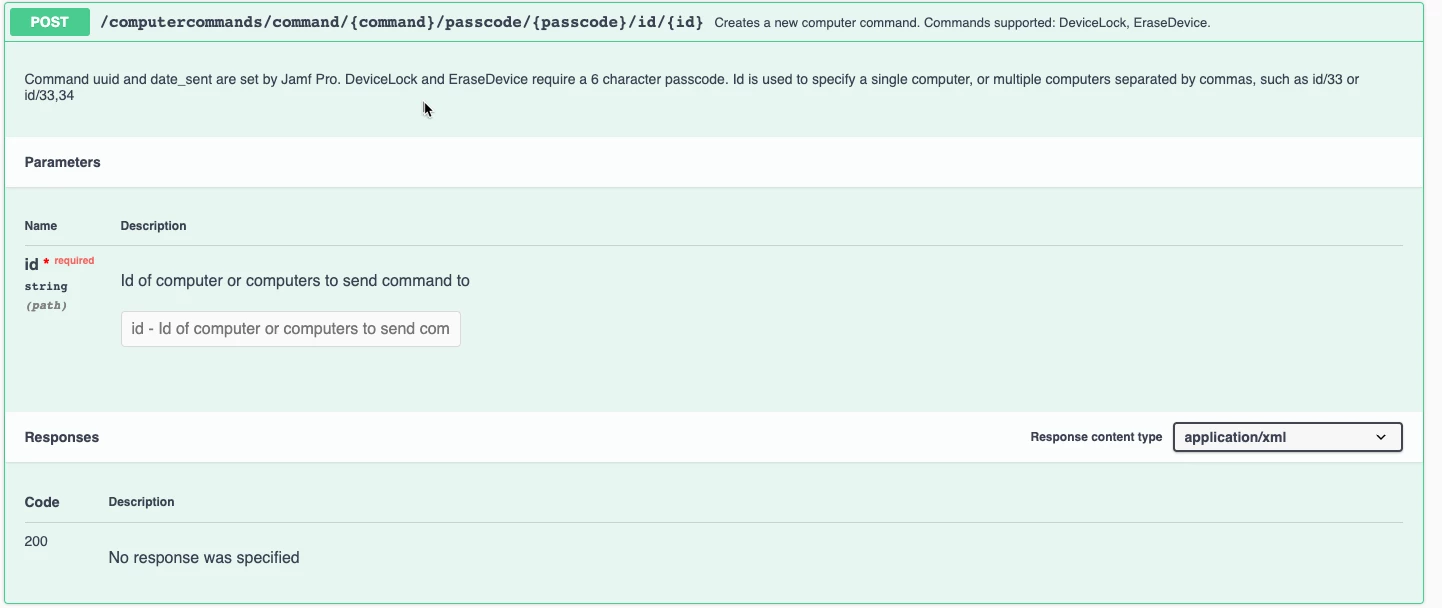Hi all,
Lots of threads out there but have not found a definitive answer.
I am using Graham Pugh's erase install script. It is working flawlessly on both architectures. My question(s) are:
Has anyone gotten around the need to be logged into a Mac to enter credentials for a secure token user?
If the answer is yes, how?
Is there a way to hard code credentials (bad but effective) in the script? Or, is there a way to be able to enter them into Parameter fields in Jamf (better)?
I manage a computer lab and logging into 700 end points to enter these credentials is going to bring sadness.
TIA,
/randy





